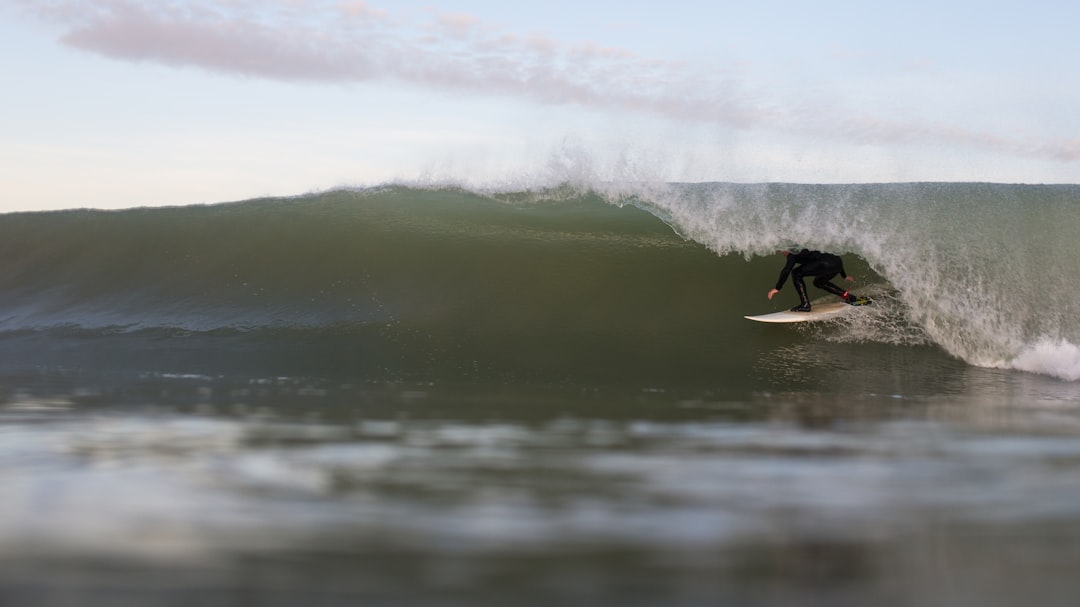What is it about?
Deep brain stimulation (DBS) is a new investigational therapy that has generated positive results in refractory depression. Although the neurochemical and behavioral effects of DBS have been examined, less attention has been paid to the influence of DBS on the network dynamics between different brain areas, which could contribute to its therapeutic effects. Herein, we set out to identify the effects of 1 h DBS in the infralimbic cortex (IL) on the oscillatory network dynamics between hippocampus and basolateral amygdala (BLA), two regions implicated in depression and its treatment. Urethane-anesthetized rats with bilaterally implanted electrodes in the IL were exposed to 1 h constant stimulation of 130 Hz of frequency, 60 lA of constant current intensity and biphasic pulse width of 80 lsec. After a period of baseline recording, local field potentials (LFP) were recorded with formvar-insulated stainless steel electrodes. DBS of the IL increased the power of slow wave (SW, <1.5 Hz) and theta (3–12 Hz) frequencies in the hippocampus and BLA. Furthermore, IL DBS caused a precise coupling in different frequency bands between both brain structures. The increases in SW band synchronization in hippocampus and BLA after DBS suggest that these changes may be important for the improvement of depressive behavior. In addition, the augmentation in theta synchrony might contribute to improvement in emotional and cognitive processes.
Featured Image
Why is it important?
Because a decrease in slow wave oscillations can be taken as a biomarker (diagnostic tool) for major depressive disorder that may normalize after effective antidepressant treatment.
Read the Original
This page is a summary of: Characterization of oscillatory changes in hippocampus and amygdala after deep brain stimulation of the infralimbic prefrontal cortex, Physiological Reports, July 2016, Wiley,
DOI: 10.14814/phy2.12854.
You can read the full text:
Contributors
The following have contributed to this page










